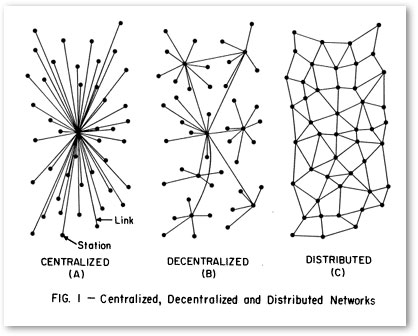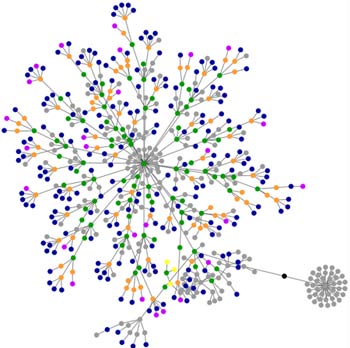The program for the conference “Networks in American Culture / America as Network,” where I’ll be talking about Serial Figures as Mediators of Change, is now online: here. And here is the description of the symposium, which looks like it will be a great event:
Networks in American Culture / America as Network
March 16-17, 2012, University of Mannheim
Keynote Speakers
Jay D. Bolter (Georgia Institute of Technology)
Wendy Hui Kyong Chun (Brown University)
Patrick Jagoda (University of Chicago)
In recent decades “network” and “networking” have emerged not only as popular buzzwords but also as key concepts in a variety of academic disciplines. The model of the network is used to describe a broad range of social, economic, media technological, and biological phenomena including social interactions, the global flows of goods and capital, the structure of the internet and social media platforms, as well as the neural organization of our brains. The concept of the network typically serves to analyze processes of multilateral interconnection and the complex systems of order they give rise to. While the study of networks has proliferated in the information, social, and natural sciences, literary and cultural scholars to date have been hesitant to develop a critical network theory.
This conference brings together German and U.S. American scholars to explore the contributions that network analysis can make to the field of American Studies. Forging connections between new media, literary, cultural, and science studies, the papers probe the theoretical and political implications that networks and networking possess as metaphor, interdisciplinary paradigm, aesthetic strategy, and communicative practice.
Organizers:
Prof. Dr. Ulfried Reichardt
PD Dr. Heike Schäfer
Dr. Regina Schober

